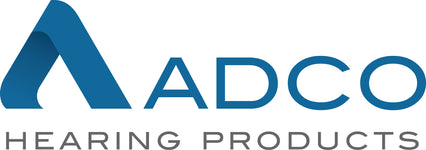Understanding 3 Different Types Of Hearing Protection
Those employed in certain industries such as construction where they are exposed to loud noises on a daily basis will benefit from different types of hearing protection. Below are three devices that will protect your precious eardrums while you’re on the job.
Earmuffs
Earmuffs are designed with dual cups which enclose and attach to the ears via the headband. They are readily adjustable and so can fit numerous head sizes and work well for adults and children. They are also engineered to block sound from entering each side of the head, while standard protection plugs will only cover the exterior ear, which minimizes sound coverage. The primary disadvantage of earmuffs is that some brands become uncomfortable if worn for extended periods, so you’ll want to choose the manufacturer with care.
Noise Canceling Headphones
While headphones are not commonly associated with hearing protection, noise-canceling models are well suited to this purpose. The reason is that they’ll cover the ear while also blocking out unwanted external noise and can be utilized in multiple environments, whether they be concerts or construction sites. The only drawback to headphones is that some models can make the forehead hot and sweaty after being worn for a while.
Earplugs
An earplug is inserted inside the ear canal, where it fits snugly against the eardrum. It blocks out sound efficiently and comes in multiple shapes, sizes and materials, two of the most popular of which are rubber and foam. This form of hearing protection is quite popular, but it has a number of drawbacks.
Though they tend to be more affordable than noise canceling headphones or earmuffs, they are often made with cheaper materials and as a consequence will break down faster and have to be replaced sooner. Most models also come in a single size and can be too small or big for some users. Silicone plugs will cover the ear canal opening, and will not protrude inside, while foam plugs fit within the external ear like an insert since they are quite soft.
Which Option is Right for You?
To decide which of the three hearing protection options is right for you, there are a number of factors that should be taken into consideration. The device you buy should fit snugly and be comfortable to wear, even after long periods of time. You’ll also want to make sure they don’t become excessively hot after an hour or so.
Reading online reviews is the best way to find a product that suits your needs. You’ll get firsthand accounts of the experiences people had when using them along with their advantages and disadvantages. You’ll also want to find something that is within your budget.
While you don’t want to spend a fortune on hearing protection, buying the cheapest device will most often result in an inferior product that will quickly have to be replaced, which is a waste of time and money. While online shopping is quite popular these days, you might want to visit a physical store where you can see and handle the product up close.